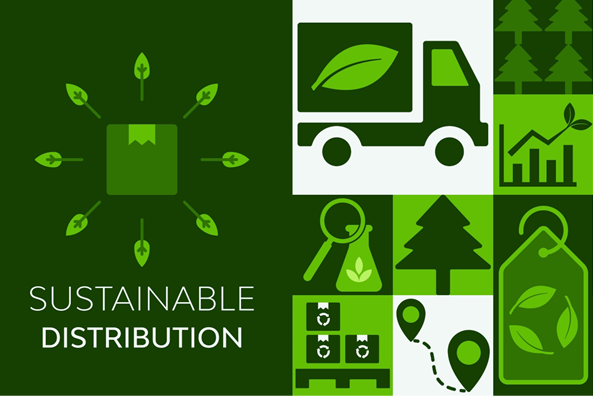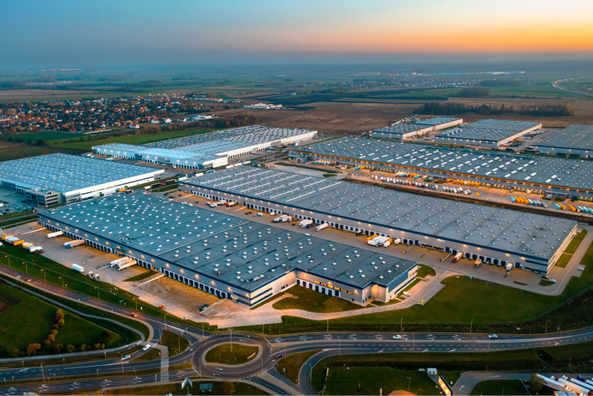I recently undertook some work for an ecommerce client working with potential suppliers in the 3PL(third party logistics) industry. It’s a hugely expanding area which as well as ecommerce affects retail as well as manufacturing and just-in-time supply chains.
Gone are the days of going to the shops for your goods. Now the goods are coming to you.
What struck me was the huge pressure in the ecommerce sector for the need for sustainability that was coming from their clients, because their clients were getting pressure from their customers.
Gone are the days of going to the shops for your goods. Now the goods are coming to you.
It’s one of the few areas that is ahead of the game when it comes to consumer led practices.
There is little to no legislative pressure on these distribution facilities to accommodate green practices – it is mainly being pushed from the end user perception of the suppliers they chose to purchase from.

When an ecommerce consumer buys from a brand, the “unpacking” experience is a huge part of it. Companies are spending time thinking about how a consumer receives their goods – the packaging, the filler, the wastage, the personalisation – all mix in a conflicting balance between a lovely experience, and a wasteful one.
When an ecommerce consumer buys from a brand, the “unpacking” experience is a huge part of it.
How far this is taken varies – but woe be tied anyone these days who delivers their parcels in non-recyclable one use plastic or bubble wrap (remember that?).
And many consumers are trusting that this continues upstream.
Fairtrade cotton, sustainable wood, ethical suppliers, good working conditions and electric delivery vehicles are all part of this ethos.
This is embraced by many 3PL firms who have introduced ESG practices into their organisations. Every distribution facility now is either carbon neutral or negative. A new distribution facility in the Netherlands has just been completed that is completely modular, and so can expand, move, or recede as and when demand requires. Most organisations take their employee teams welfare extremely seriously (team bonding / break and leisure benefits etc) and are keen to promote this as their ethos.

Consumers on their part have indeed proven they will pay extra to ensure their purchase is “ESG” compliant – up to a point.
Because, bizarrely, the other great pressure from online consumers is timeliness.
There is currently a race amongst 3PL competitors to allow for next day delivery later and later (i.e the time by which if you place your order it will be delivered the next day). The current fastest is around 8 o’clock in the evening. Argos™ even has SAME DAY options (largely due to localisation already in place).
This is because clients see it as a differentiator for their end users, and therefore a great USP for them.
However, this convenience for the customer is essentially not good ESG practice. The only way to improve on cut off times (i.e. increase the lateness by which you can order to guarantee next day) is to reduce the “pack and pick” times of the goods. This usually means more automation rather than using manual teams of humans.
This is because clients see it as a differentiator for their end users, and therefore a great USP for them.
The faster distribution hubs are also the least green – as they rely on the trusted timeliness of combustion engine trains and lorries to move them around the country.
Does the consumer really want their option to buy leggings for next day delivery increased by half an hour at the expense of people’s jobs and more exhaust fumes?
That’s a moral argument I’m not qualified to argue on behalf of anyone else – but it shows that the realities of remaining competitive in todays world and still delivering on your ESG scores.
Which one, ultimately, does your consumer want?
Rob

Rob Paton, CMO & Co-Founder, Lighthouse

